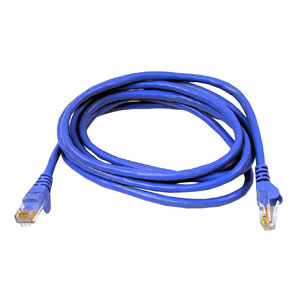
How a Professional Installer Creates a WiFi Survey
Step 1: Pre-Survey Planning
Before conducting a WiFi survey, a professional installer will carefully plan the process. This involves understanding the requirements of the network, such as the desired coverage area, the number of devices to be connected, and any specific challenges or constraints.
Additionally, the installer will gather information about the physical environment where the network will be deployed. This includes the layout of the space, the presence of obstacles or interference sources, and any existing networking infrastructure.
Step 2: Site Survey
Once the pre-survey planning is complete, the professional installer will conduct a site survey. This involves physically visiting the location and using specialized tools to measure and analyze the wireless signals in the area.
During the site survey, the installer will walk around the space, taking measurements at various points to assess signal strength, interference levels, and coverage areas. They may also use spectrum analyzers to identify any sources of interference that could impact network performance.
Step 3: Data Analysis
After collecting the necessary data during the site survey, the professional installer will analyze the information to identify any issues or potential improvements. This includes examining signal strength, coverage gaps, and interference sources.
Using specialized software, the installer can create heatmaps that visually represent the wireless coverage and signal strength throughout the space. This helps identify areas with poor range or high interference, allowing for targeted solutions.
Step 4: Solution Recommendations
The professional installer will provide recommendations for improving the WiFi network based on the data analysis. This may include repositioning access points, adding additional access points to fill coverage gaps, or implementing measures to mitigate interference.
The installer will also consider factors such as network capacity, security requirements, and scalability to ensure the proposed solutions meet the network's specific needs.
Step 5: Implementation and Testing
The professional installer will implement the changes once the solution recommendations are agreed upon. This involves configuring access points, optimizing network settings, and ensuring proper integration with existing infrastructure.
After the implementation, the installer will conduct thorough testing to verify that the changes have effectively addressed the identified issues. This includes measuring signal strength, conducting speed tests, and checking for any remaining coverage gaps or interference.
Conclusion
A professional installer is crucial in creating a WiFi survey that ensures optimal network performance and coverage. By following a systematic approach, including pre-survey planning, site survey, data analysis, solution recommendations, and implementation/testing, they can identify and address any issues or challenges in the wireless network.
Whether setting up a new network or experiencing connectivity problems, consulting with a professional installer for a WiFi survey can save you time, money, and frustration in the long run, resulting in a reliable and high-performing wireless network.
Progressive Office Cabling
Founded in 1986, Progressive Office's success is a direct result of years of commitment to seeking cost-effective solutions. Progressive teams are committed to installing and operating your data cabling, access control, and telecom systems while minimizing disruption and downtime. Call our toll-free number (800) 614-4560 today.



